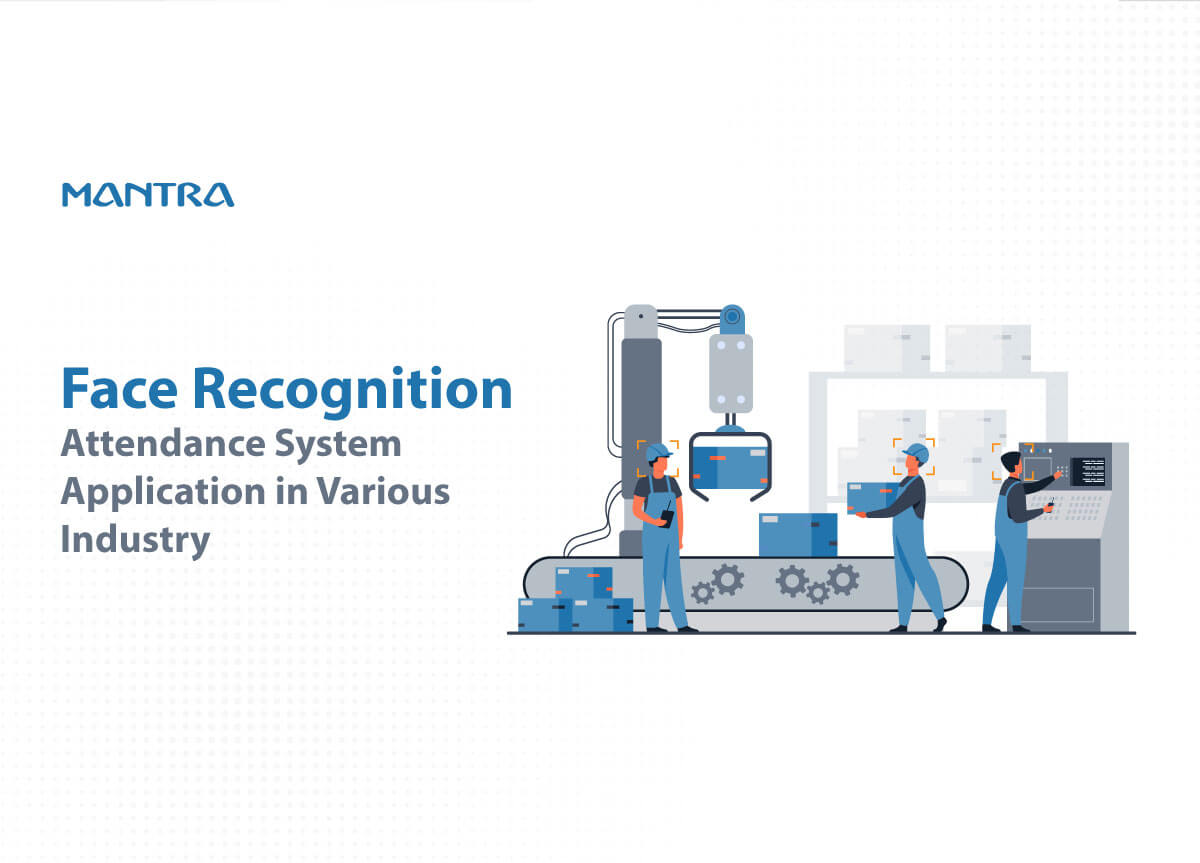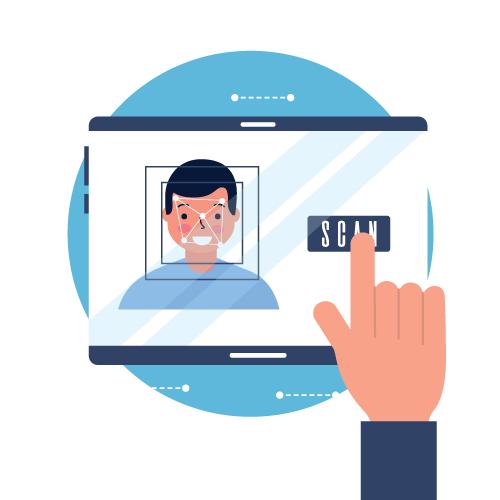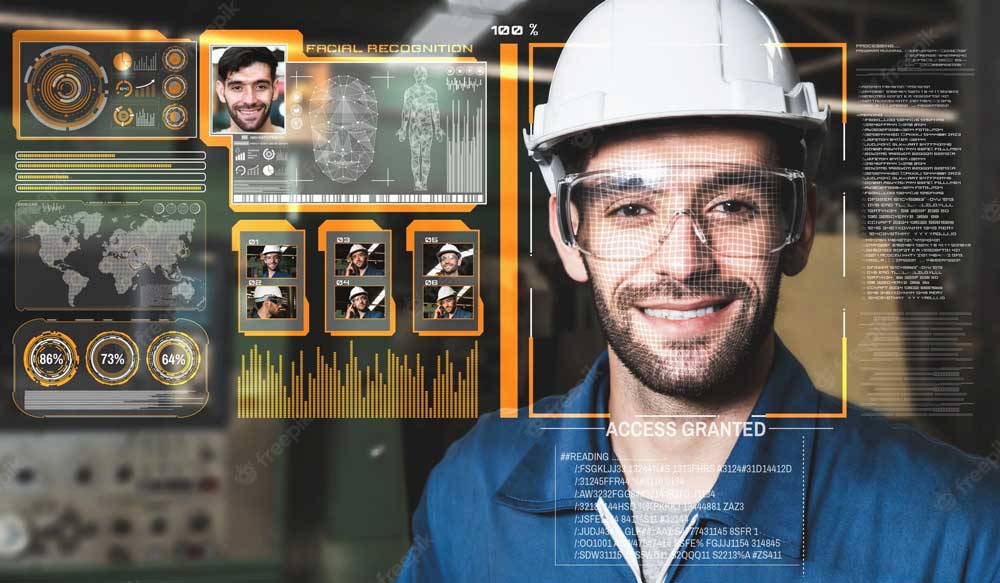
The face recognition attendance system is now a popular attendance tracking method across all major sectors. It has become one of the most convenient means of tracking attendance in every industry. Continue reading to learn about the sectors undergoing drastic change because of facial recognition.
What is a face recognition attendance system?
Facial recognition systems read the unchanging, unique features of a face to identify the person, while an attendance management system tracks, manages, and analyzes the attendance of a person. The face recognition attendance system automates attendance tracking by visually recognizing the person and registering his attendance. The employees or students need to show their faces to the camera of the attendance management system.
Benefits of facial recognition attendance system
Accurate & secure: Identify the authorized staff accurately in real-time regardless of lighting, aging, occlusions, etc.
Work on the go: Allow mark attendance from anywhere for field workers.
Geofencing: Enables geofencing to allow workers to mark attendance only when inside premises.
Automated: No more keys, RFID cards, or punching, Employees can walk through seamlessly.
Contactless: By minimizing the contactless it can curb the spread of pathogens.
Easy Integration: Software integration to the payroll is easy and won't take any extra space for camera installation for infrastructure.

Sectors where the face recognition attendance system brings true change
Facial recognition is beneficial to all sectors when employed as attendance tracking. But there are some sectors where technology is changing the process for fast ROI (return of investment) and a high level of ease of doing business. The following sections describe the sector and how it helps.
Healthcare Sector
Facial recognition enables contactless authentication of medical staff, which is very important for a hospital environment, especially during pathogen spread. It also helps to automatically identify staff even while wearing masks and gloves while entering restricted places like ICUs, drug stores, mortuaries, procedure rooms, etc.
Facial recognition can change the hospital's work by making it easier to authenticate regular patients or those who have registered for health IDs. Several multinational corporations have developed technology that allows doctors to monitor patients from anywhere in the world remotely. When patients go online, doctors can go too. They can give consultations from anywhere through the hospital's online platform, where they can verify themself on the facial recognition system.
Also read: Facial Recognition: What Lies Ahead
Manufacturing Sector
Attendance monitoring and tracking, whether for a permanent employee or a contract worker, is challenging in an industrial environment. There are two problems. One issue is the difficulty of keeping people in the queue for a long time to record attendance, which affects productivity directly. The second issue is the inability to carry credentials or access cards within the facility.

Facial recognition overcomes both the issues and changes the way employees start work. They don't have to go to their section office and mark their attendance; instead, facial recognition will mark their attendance when they enter the factory gate. No matter even if the camera is placed in direct sunlight, it will function. In addition, it can track the work time, in-out, sift change accurately, and detect any intruders in the facility in real-time while everyone is working. So, employees may just walk in and walk out, and they can devote the rest of their time to work.
Also read: Biometrics in Contract & Labour Management System
Public, Private & Government Sector
Two sorts of employees work in corporate offices and government departments, in-office and field workers. Facial recognition is the only method that can address both scenarios through the same framework. Facial recognition attendance trackers can be implemented at the office doors or integrated into employees' phones or laptops via cloud service. For example, the revenue officials doing survey activity don't need to go to the office to mark their attendance; instead, they can mark and report from the field. Same for the employees going for the on-field work in the private sector. They don't need to carry an access card, keys, or any special sensor device for this.
Education Sector
An educational institution would be one of the higher throughput attendance management applications. A single class contains up to 60 students. Attendance marking in the morning and afternoon is a time-consuming task for such a large class is a time-consuming task that wastes teaching hours. On the other hand, facial recognition cameras installed at the entrance of each class can automatically register the attendance of both students and teachers. In addition, facial recognition can be employed for canteen management and the disbursement of scholarships.
Read: Why to Use Biometric Attendance System for Schools?
Furthermore, a comprehensive facial recognition system installed throughout the school compound ensures the safety of students. And no more late coming or early leaving of staff can be reduced.
Aviation Sector
Highly secured areas where so many different levels of staff work together where segregating them is a difficult task. A facial recognition attendance management system marks staff attendance whenever they enter their work section. For example, the attendance of airport vehicle drivers is marked when they enter the parking area. Plus, it offers a 360° security solution.
Airport management uses face recognition to expedite the attendance monitoring process and easily segregate employees depending on their work and true identity.
Final note:
A facial recognition attendance management system alongside security solutions can make a big difference in many sectors, regardless of their size. It can meet two fundamental demands of all businesses: speed and precision. However, extra care has to be given to the camera's image quality and the system's certification when installing the system. Both will help to assure the system's accuracy and data security.
Manohar
Hi, I am exploring about this work flow, may I know what are the technologies used to build a facial recognization system.
Reply